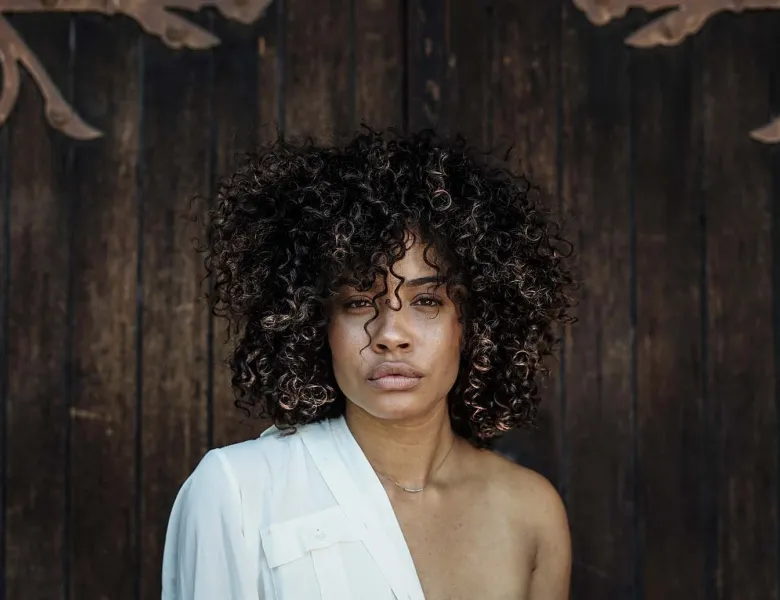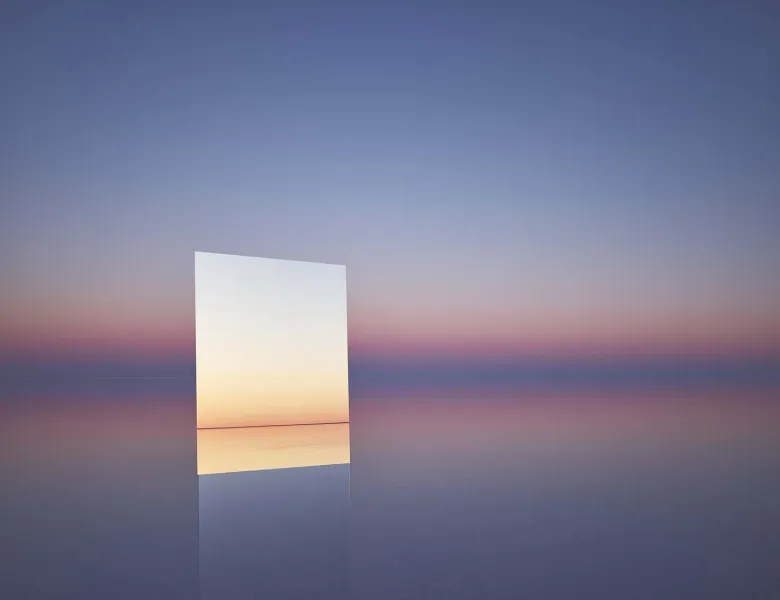Our world from above is beautifully symmetrical

Varun Thota is a Product Designer, living and working in Hong Kong. His series, 'We live in a symmetrical world' is shortlisted in the Professional Landscape category of the 2018 Sony World Photography Awards. His work will be displayed at the 2018 Exhibition in London from 20th April - 6th May.
Self-taught in both digital design and photography, Varun has spent the last 5-6 years honing his skills in both crafts. His photos, like his design work, is driven by symmetry and balance. He is inspired by architecture, industrial design and common design patterns.
Hi Varun. Firstly, tell us a little about you and your background
I'm originally from India but spent most of my early years growing up in Macau. I then moved to Portland, OR to complete my Bachelors and work for about a year, before losing my job and moving back to Macau. That's when I followed my passion to become a digital designer and then fell in love with photography after being introduced to the concept of Intastameets (Instagram meetups.) I now live in Hong Kong, working full-time as a Product Designer (UX), while still pursuing photography on the side.


How did you get started in photography?
I got started in photography in 2012, when I decided to join an Instagram meetup. Through that, I eventually started learning more about photography, but at that time only shooting with an iPhone5. I shot #iPhoneonly for about 2 years before buying my first, proper digital camera. I started with a Sony A5000 and quickly upgraded to a Sony A7ii. I've been shooting with that ever since, while still keeping my iPhone to capture videos and shoot with a Moment Lens.
Congratulations on the shortlist this year! Tell us more about the series, 'We live in a symmetrical world'
Thank you! I'm thrilled to have been shortlisted! I've only been using a drone to shoot for a bit more than a year now and the first thing I noticed when I started was how amazingly symmetrical our cities are. Considering that vantage you get from flying at these heights, I noticed how equally segmented cities are spread out, with highways and roads separating blocks and districts. Especially in Hong Kong, Macau and parts of China that I've visited, these patterns are further laid out with intricate highways and roundabouts.

Explain the logistics behind these images. They are shot with a drone, right? How do you approach each shoot?
I shoot with a DJI Mavic Pro, which is a great drone to travel with, owing to its portability and just how versatile it is. Before heading out, I spend most of the time going through Google Maps of a particular area, looking for interesting perspectives. But sometimes, just flying around I happen to find new and interesting vantages as well. Most of these shots were found through first scoping out Google Maps, then finding a way to the area. However, at times, I had to take off quite a few blocks away, for example, 'Diamond courts' and 'Playful hidden messages' both required flying quite a distance.
How does your role as Product Designer influence your photography?
I actually think photography has greatly influenced my role as a Product Designer. In design, I'm constantly working within constraints, trying to figure out new and innovative ways around them. With photography, I didn't feel like I had those constraints, shooting whatever I wanted and only being held back by my own imagination and sometimes, my device, like my phone. That way photography allowed me to get out there and explore and get inspired by what's around me, which greatly influenced how I approached design constraints. Another aspect of photography that influenced my design work was an eye for symmetry. I find symmetry pleasing to the eye and through photography I'm able to train my self to easily spot symmetrical patterns which translated to my work as a designer where symmetry and balance is key to a great interface.

Do you have a photographic philosophy or a way of working that always stays with you?
One thing that applies to almost any passion is to never stop learning. Constantly try new things and get inspiration from others that can help you further your craft. Another one that I follow is being aware of your surroundings. Look up, look down, find as many different angles as possible and at least one of them will end up being a great shot.
varunthota.com
worldphoto.org/swpa







